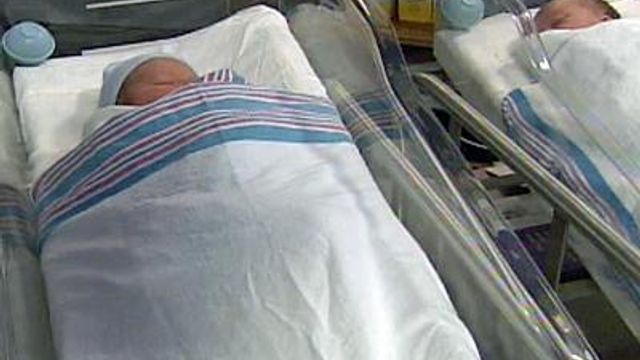UNC study: C-section timing is critical
Scheduling a cesarean section takes a lot of uncertainty out of the birth of a baby. However, a new study found that exactly when a c-section is done is more critical than previously understood.
Posted — UpdatedBefore the study, doctors thought the window of opportunity to perform a cesarean section was a couple of weeks before or after the due date.
Now, the study – done in part at UNC Hospitals – narrows the timing down to one week before.
Two weeks earlier and the risk of breathing or feeding problems were twice as high. The risks are four times higher at the three weeks earlier mark. A week and two weeks after the due date also showed increased risk, the study found.
The girl's due date was Jan. 10, but in scheduling a c-section, the Eubanks wondered if it could be done before the New Year for tax purposes. Their doctor, UNC Hospitals obstetrician John Thorp, said, 'no.'
Thorp is co-author of the c-section study published in the New England Journal of Medicine. It found that among women who had one or more elective c-sections, exactly when the next one is scheduled can be critical.
“This is a different window from labor, where we know that anything between 37 and 41 weeks is optimal,” Thorp said.
Knowing the risks, the Eubanks decided to schedule the c-section four days before the due date, but still too late for a 2008 tax write-off.
“I knew that the benefits and healthy ramifications outweighed the tax benefit. So I'm OK with that,” Shannon Eubanks said.
There is another notable difference among children born through c-section. Squeezing the baby through the birth canal helps get rid of excess fluid. The extra stress on the baby may have effects that help make that transition between depending on the placenta for food and oxygen and feeding and breathing on their own after delivery.
However, babies born through c-section do very well in that one week before the due date, Thorp said.
• Credits
Copyright 2024 by Capitol Broadcasting Company. All rights reserved. This material may not be published, broadcast, rewritten or redistributed.





